In the world of equine enthusiasts, certain horse breeds stand out not only for their beauty and temperament but also for their remarkable adaptability to harsh climates. Snowy environments pose unique challenges, but several horse breeds are naturally suited to thrive in these conditions. With thick coats, robust physiques, and strong endurance, these horses are an asset for riders and caretakers who live in colder regions. This article explores 15 such breeds, emphasizing their characteristics and capabilities in snowy terrain.
Icelandic Horse
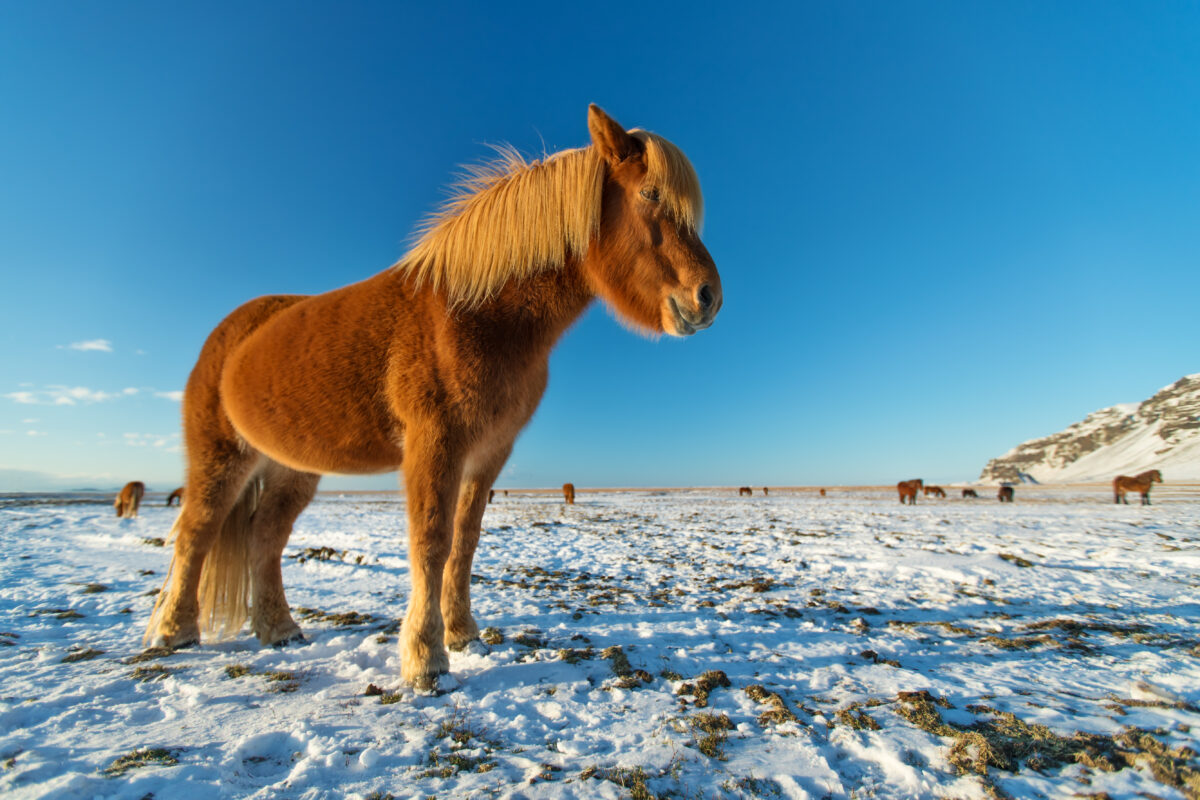
The Icelandic Horse is renowned for its remarkable resilience in cold weather. Originating from Iceland, this breed has evolved to endure severe winters with ease. Their thick double-layered coat provides excellent insulation, while their sturdy build and unique gait, the tölt, allow for smooth movement over icy and uneven terrain. Whether for work or pleasure, the Icelandic Horse remains a dependable companion in snowy environments.
Norwegian Fjord

The Norwegian Fjord is a hardy and versatile breed, traditionally used in the mountainous regions of Norway. This horse is instantly recognizable by its distinct dun color and upright mane. Its strong, compact body and calm demeanor make it an excellent choice for navigating snowy paths. The breed’s history of working in frigid conditions has equipped it with the stamina and strength needed to thrive in cold climates.
Yakutian Horse
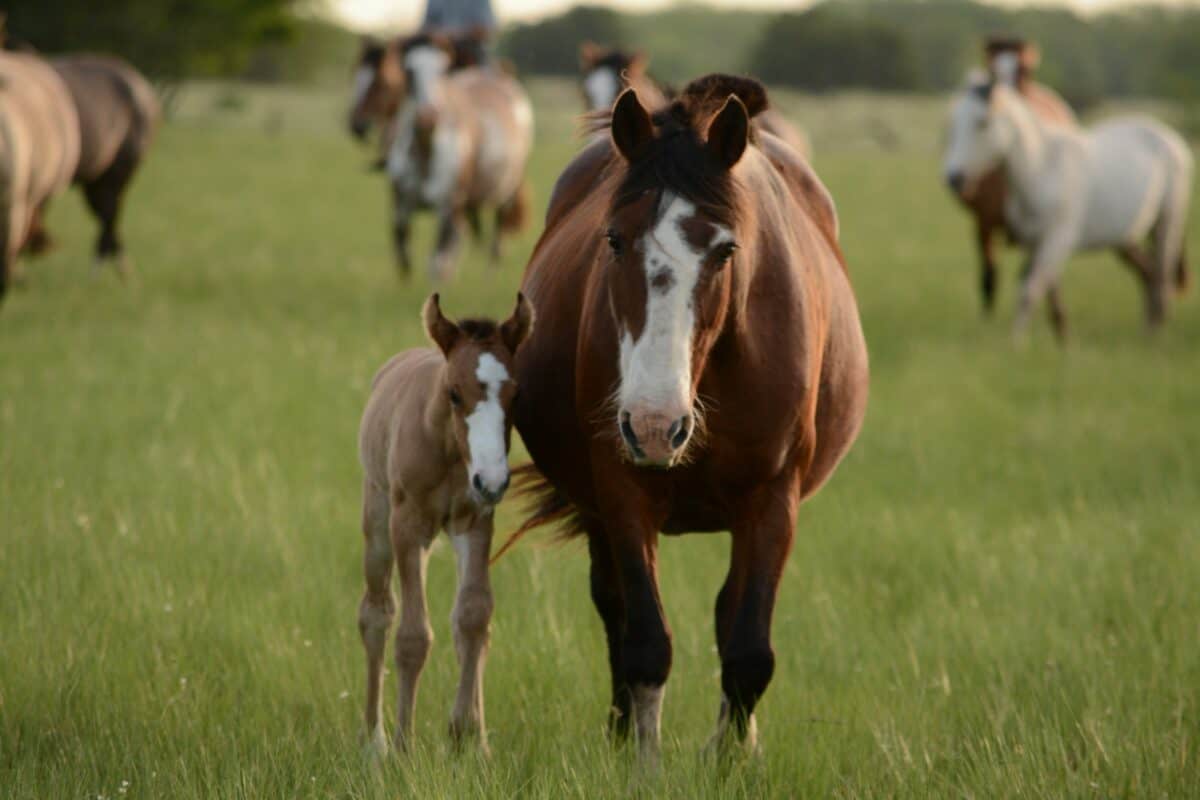
Native to the Siberian region of Russia, the Yakutian Horse is a true testament to adaptability and survival. This breed is known for its unique ability to withstand temperatures as low as -70 degrees Celsius (-94 degrees Fahrenheit). The Yakutian Horse has a thick, woolly winter coat and is adept at foraging under deep snow, making it an ideal breed for the most extreme snowy conditions.
Clydesdale

The Clydesdale, famed for its strength and grandeur, is also well-suited for chilly weather. Originating in Scotland, this draft horse is well-equipped with a thick coat and large, feathered hooves that provide stability in snowy environments. Beyond their physical attributes, Clydesdales are known for their gentle nature, making them a reliable choice for work or companionship in the cold.
Haflinger
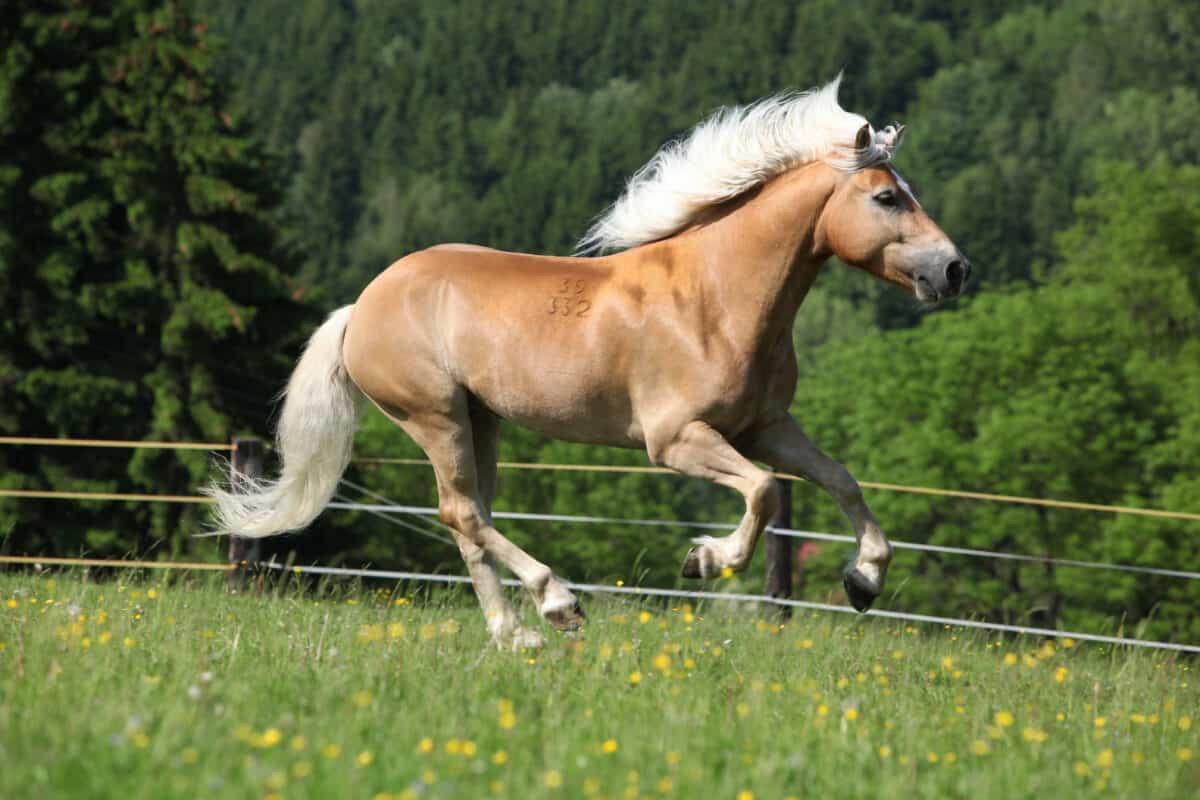
Originating from the mountainous regions of Austria and northern Italy, the Haflinger is a small but sturdy breed known for its resilience and hardiness. These horses have a warm chestnut coat with a flaxen mane and tail, providing adequate protection against the cold. Their friendly disposition, combined with their ability to adapt to snowy forests and trails, makes them a popular choice for winter riding.
Highland Pony

The Highland Pony hails from Scotland’s rugged Highlands and Islands. Built for the chilly, wet climate, this breed has a dense winter coat and a strong, compact body. This natural adaptability allows them to traverse snow-covered landscapes with ease. Highland Ponies are incredibly versatile, serving as excellent mounts and workhorses in harsh winter conditions.
Finnhorse
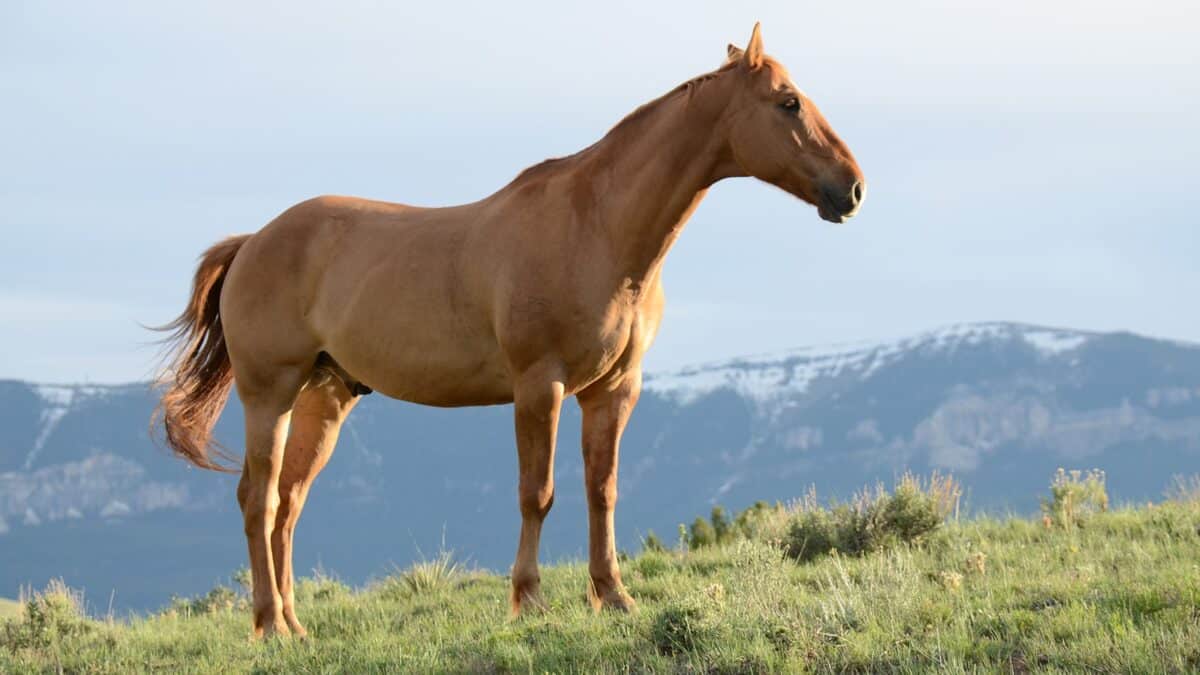
The Finnhorse, Finland’s national horse breed, is a robust and versatile breed well-suited for snow-laden environments. It boasts a thick winter coat and a powerful, muscular build that helps it navigate through deep snow. Known for their endurance and even temperament, Finnhorses excel in various disciplines, including harness racing and riding, making them a popular breed in colder climes.
Mongolian Horse

The Mongolian Horse is one of the oldest horse breeds in the world, celebrated for its resilience and ability to withstand the challenging climate of the Mongolian steppes. These horses possess a long, thick coat that shields them from wind and snow, and their capability to find food even during harsh winters is unparalleled. With such attributes, the Mongolian Horse remains a vital part of life for many nomadic people.
Arctic Horse
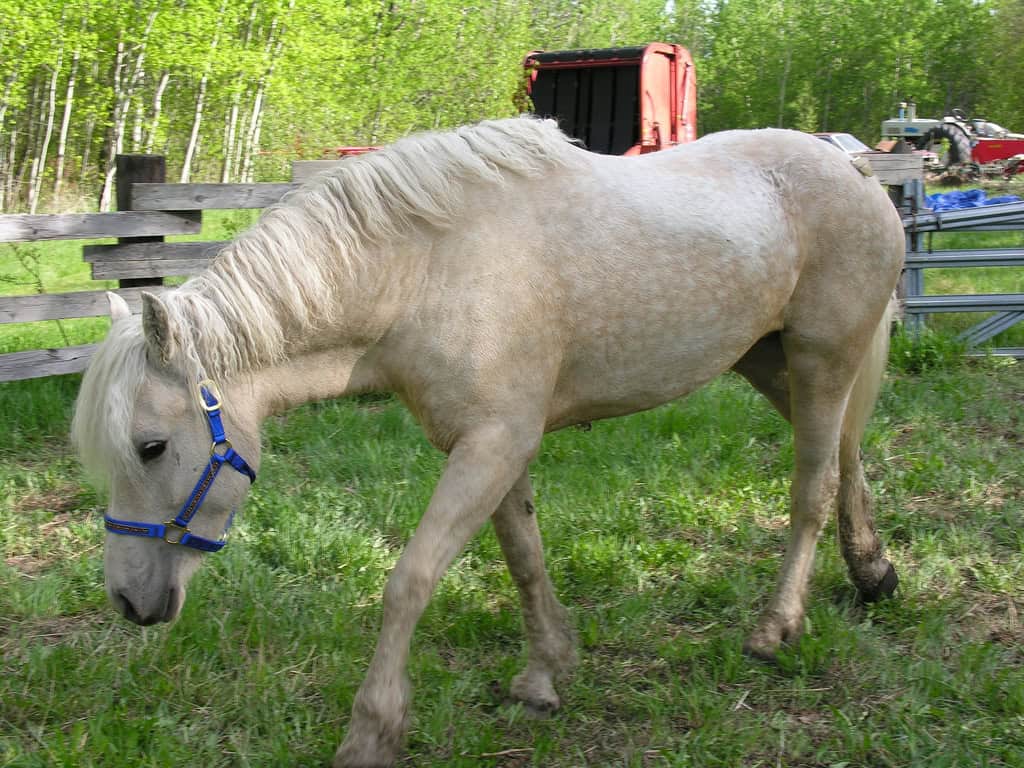
The Arctic Horse is a relatively modern breed developed in Canada with a focus on thriving in polar regions. With its warm, insulating coat and compact, muscular build, the Arctic Horse is known for its strength and endurance against the cold and snow. Perfect for pulling sleds or performing other duties in wintry conditions, these horses exhibit a calm temperament, making them a trusted choice.
Russian Heavy Draft

The Russian Heavy Draft horse is another breed that excels in cold climates. Known for its strength and ability to perform heavy work, this breed boasts a thick coat and robust physique capable of resisting the elements. Their calm demeanor and willingness to work make them particularly suited for surviving and thriving in Russia’s frigid winters.
Camargue Horse
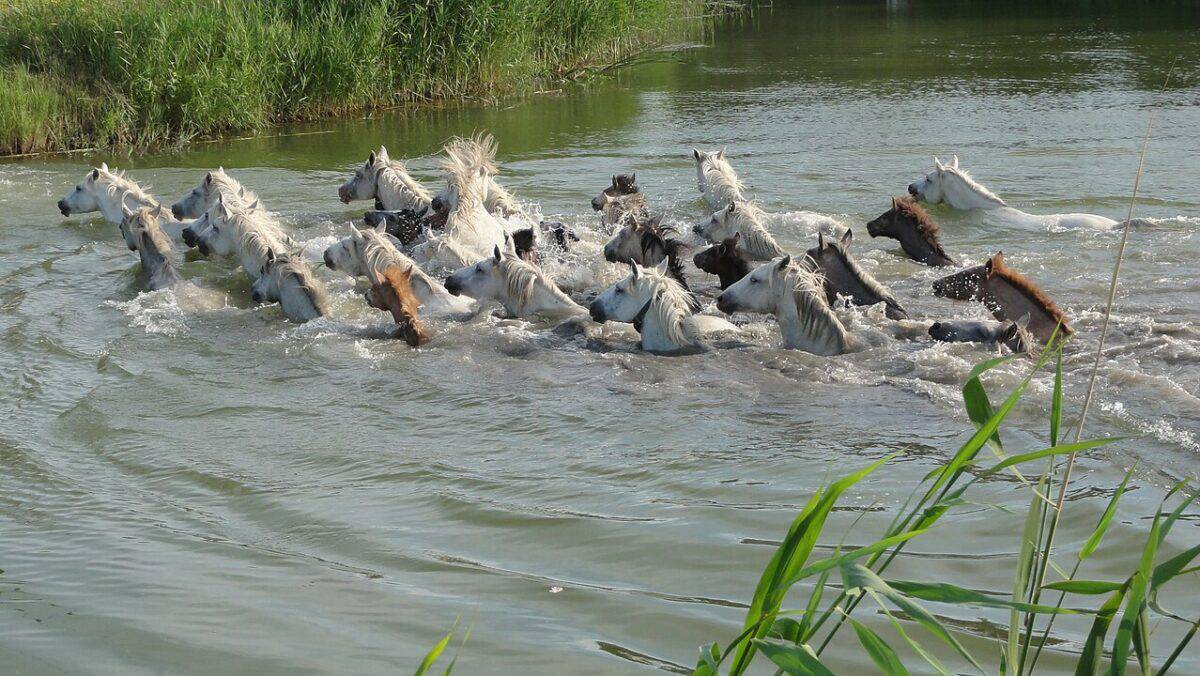
Though native to the Camargue region in southern France, where the climate is milder, the Camargue Horse is a versatile and hardy breed that adapts well to colder environments. Their dense, waterproof coat provides protection in wet and windy conditions. These horses are valued not only for their adaptability but also their intelligence and independent spirit, making them equally adept in the snow.
Percheron

Percherons, originally from the Normandy region of France, are known for their powerful build and ability to work in various climates. Their dense, insulating coat and strong, massive build help them endure cold, snowy conditions. Percherons are prized for their impressive strength and calm temper, making them excellent candidates for pulling heavy loads or riding over snowy terrain.
Connemara Pony

The Connemara Pony, hailing from Ireland’s rugged landscapes, is a small but durable breed that performs well in icy and snowy conditions. With a thick winter coat and sure-footedness, Connemaras can handle rough terrains and harsh weather with grace. They are renowned for their versatility, making them suitable for both recreational riding and competitive events in cold climates.
Exmoor Pony

The Exmoor Pony is one of Britain’s oldest and most resilient native breeds. Originating from the moorlands of southwest England, this pony is well-equipped for surviving in cold, windy climates, thanks to its double-layered coat and agile build. Exmoor Ponies are known for their intelligence and versatility, thriving in snowy landscapes while remaining loyal companions.
Conclusion
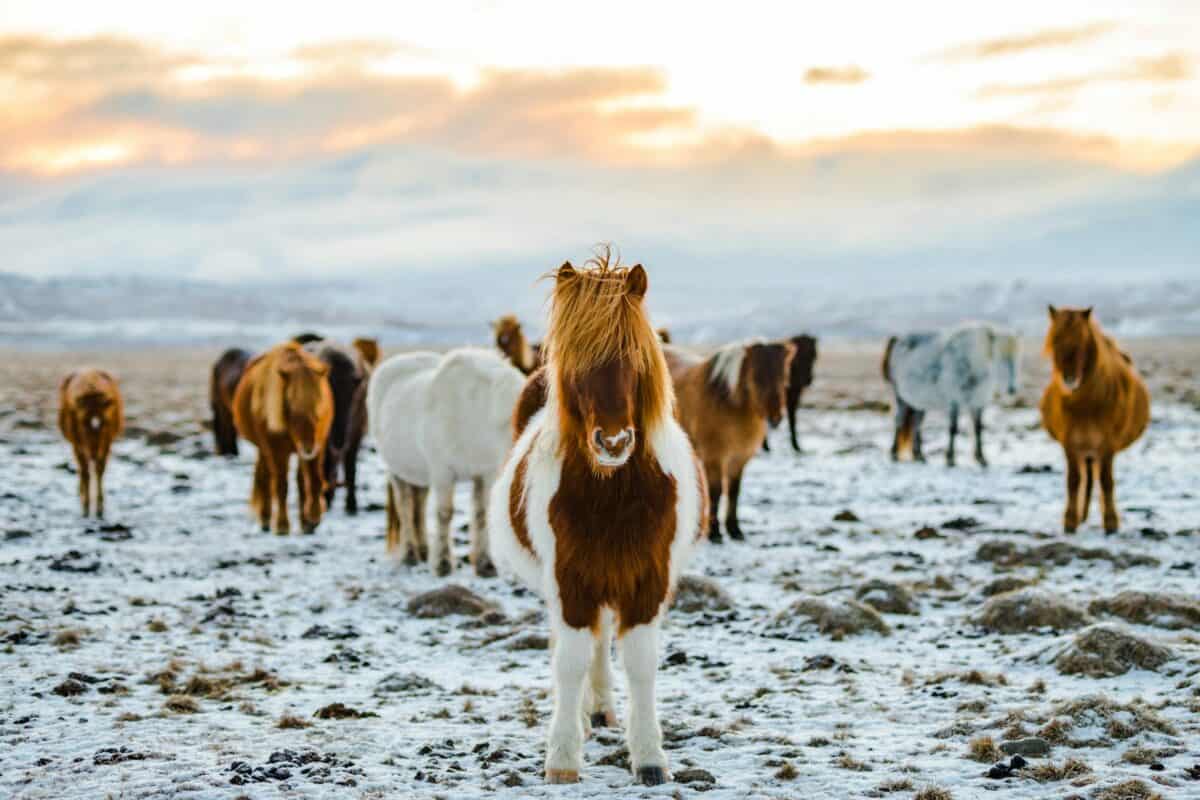
Whether it’s through their thick coats, inherent strength, or enduring spirit, each of these 15 horse breeds has its unique adaptations that enable it to flourish in snowy environments. Selecting the right horse for cold weather involves considering these traits, ensuring that they can comfortably support work and leisure activities throughout the winter months. As a testament to nature’s ingenuity, these breeds exemplify how animals can powerfully adapt and thrive in even the most challenging of climates.
- 14 Myths About Sharks That Simply Are Not True (And 1 That Totally Are) - August 19, 2025
- 9 Shark Behaviors That Are Misunderstood And 4 That Are Real Threats - August 19, 2025
- 15 Strongest Animals by Body Size - August 19, 2025

